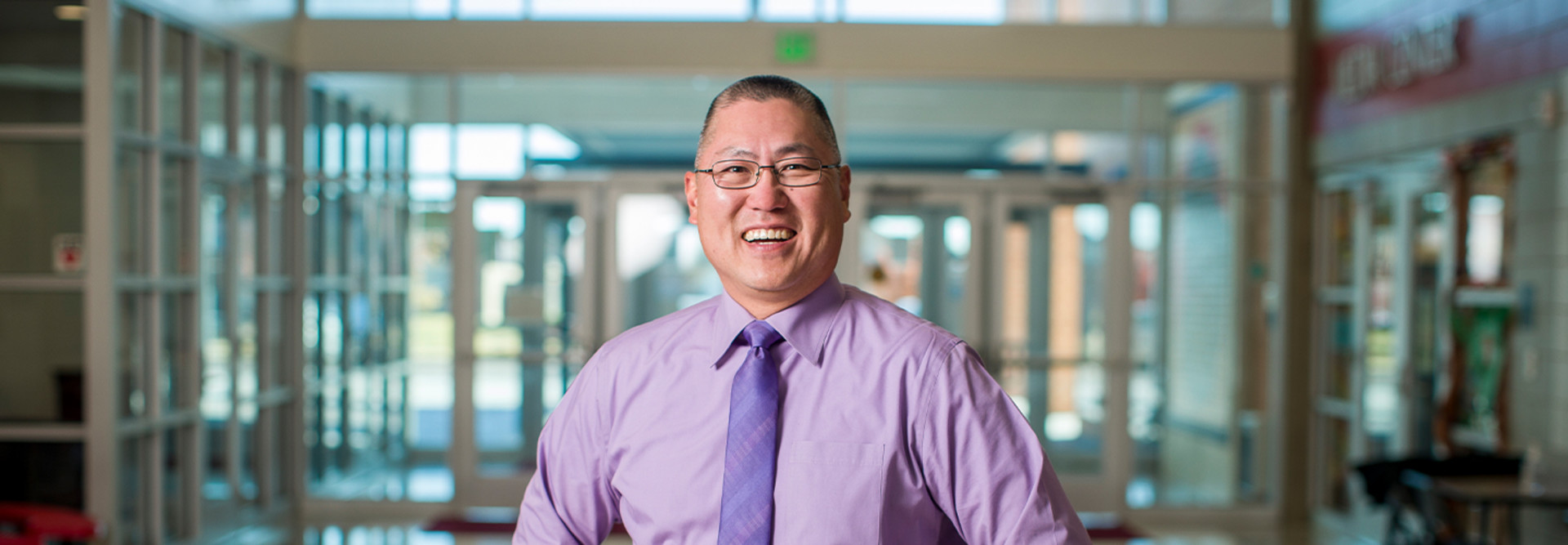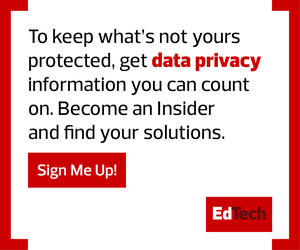In 2017, the Consortium for School Networking launched its Trusted Learning Environment initiative, giving districts the opportunity to demonstrate that they have taken strong and measurable steps to ensure student data privacy. To date, 17 school districts across the country have received the seal, but many more are in the process of pursuing it.
CoSN CEO Keith Krueger notes that the TLE seal requires school districts to put 25 different practices into place, including vetting processes for vendors, ongoing staff training and regular security and data privacy audits.
“These practices are not something a technology leader alone can accomplish,” he says. “You have to work with finance, you have to work with the technology and learning department, the superintendent has to be supportive — it’s a complicated enterprise.”
RELATED: What should IT leaders know about student data privacy on school-issued devices?
Evaluating Technology and Vendors with Student Data Privacy in Mind
“We saw a big influx of technologies during the pandemic that were perhaps not designed for classrooms, and with that came a lot of questions,” says Linnette Attai, project director for the TLE program. “Frankly, districts didn’t have a lot of time to make this pivot to online learning. Student data privacy is critically important, and this is hard work for districts.”
Without a framework in place to address student data privacy, Attai says districts tend to view each new technology tool as a challenge. “Where we see districts struggle is when the leadership is not strong on privacy and security,” she says. “When leadership is not engaged, then we tend to see weakness across the board.”
Kim says that Moore Public Schools has been slowly adopting TLE-recommended tools and practices. Particularly important, he says, is an effort to vet all new tech applications.













